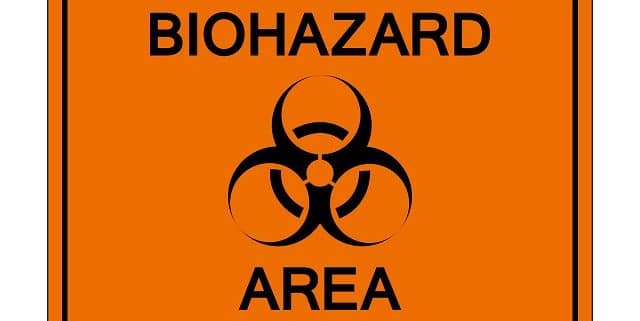Bloodborne Pathogens – Part 1
Hopefully the time never comes where you have to perform first aid on a coworker. But in the event that you do, bloodborne pathogens should be a huge concern. The more you know the less likely you are to make a life altering mistake, so let’s dive in.
First, it’s good to know that the risk of a bloodborne pathogen transmitting is a small one but definitely not worth gambling with. Not following safety protocol while performing First Aid on a coworker could leave you susceptible to contracting Hepatitis B, Hepatitis C and HIV. The likelihood of receiving a needle stick on site is highly unlikely, maybe performing first aid and an EpiPen or insulin is administered but other than that the most common way to transmit while administering first-aid would be a splash. The chances of transmitting from a splash to the eyes or lips or mouth is very low. So, just know if it does happen, your chances of contracting anything are very low and also note that the person receiving first aid has to be infected in order to contract it to you. Every bloodborne pathogen has different levels of the virus in the blood. Hepatitis B ranges from 6% to 30% chance of infection with a cut. Whereas HIV has only 0.3%. Dropping even lower with a splash of blood. That being said, let’s take every precaution so that that number is 0%.



